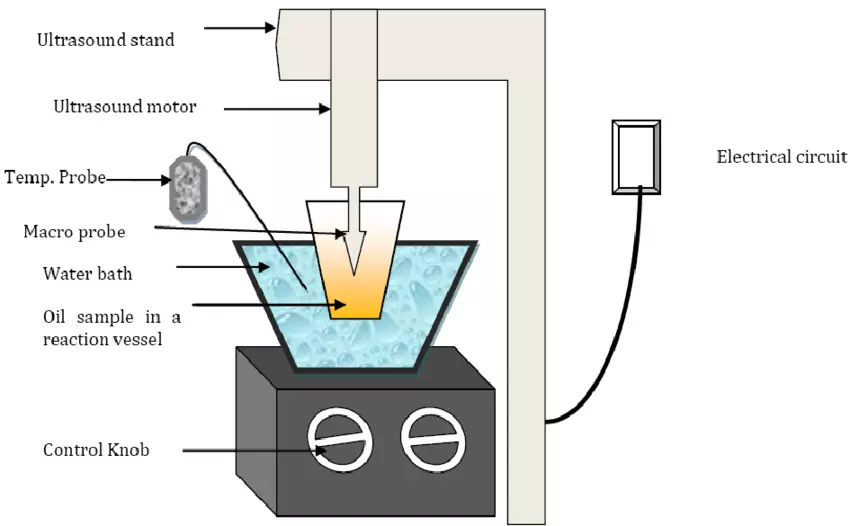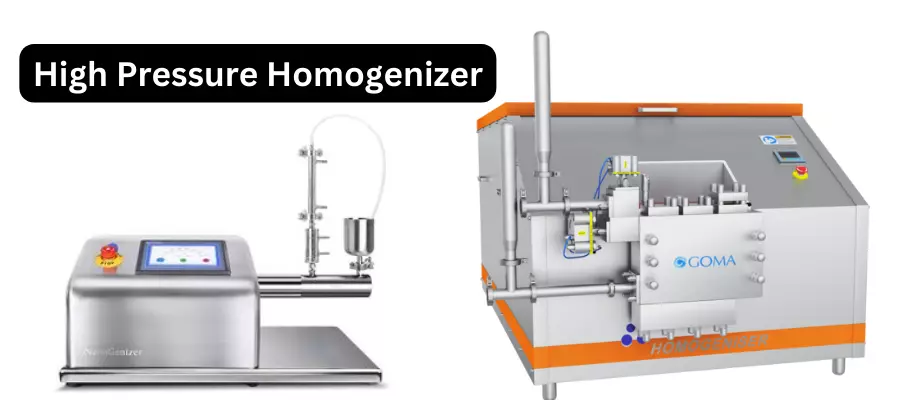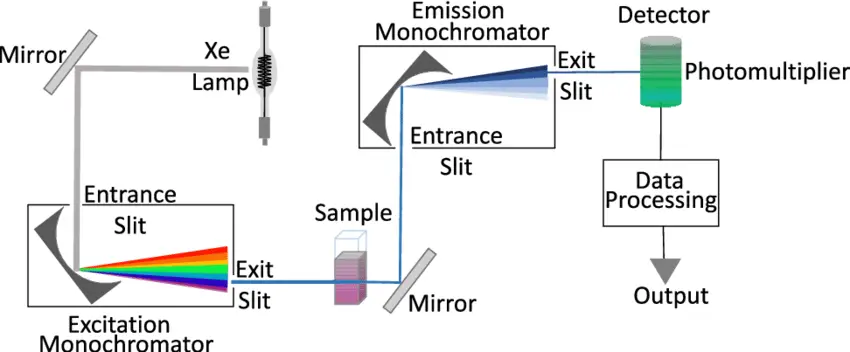Spectrophotometer – Principle, Parts, Types, Mechanism, Uses
What is a Spectrophotometer? Definition of Spectrophotometer A spectrophotometer is a laboratory instrument that measures the amount of light absorbed by a sample and is used to determine properties such as concentration or absorption patterns of substances. Principle of Spectrophotometer Types of Spectrophotometer Spectrophotometers are analytical devices for measuring, at designated wavelengths, the intensity of … Read more









